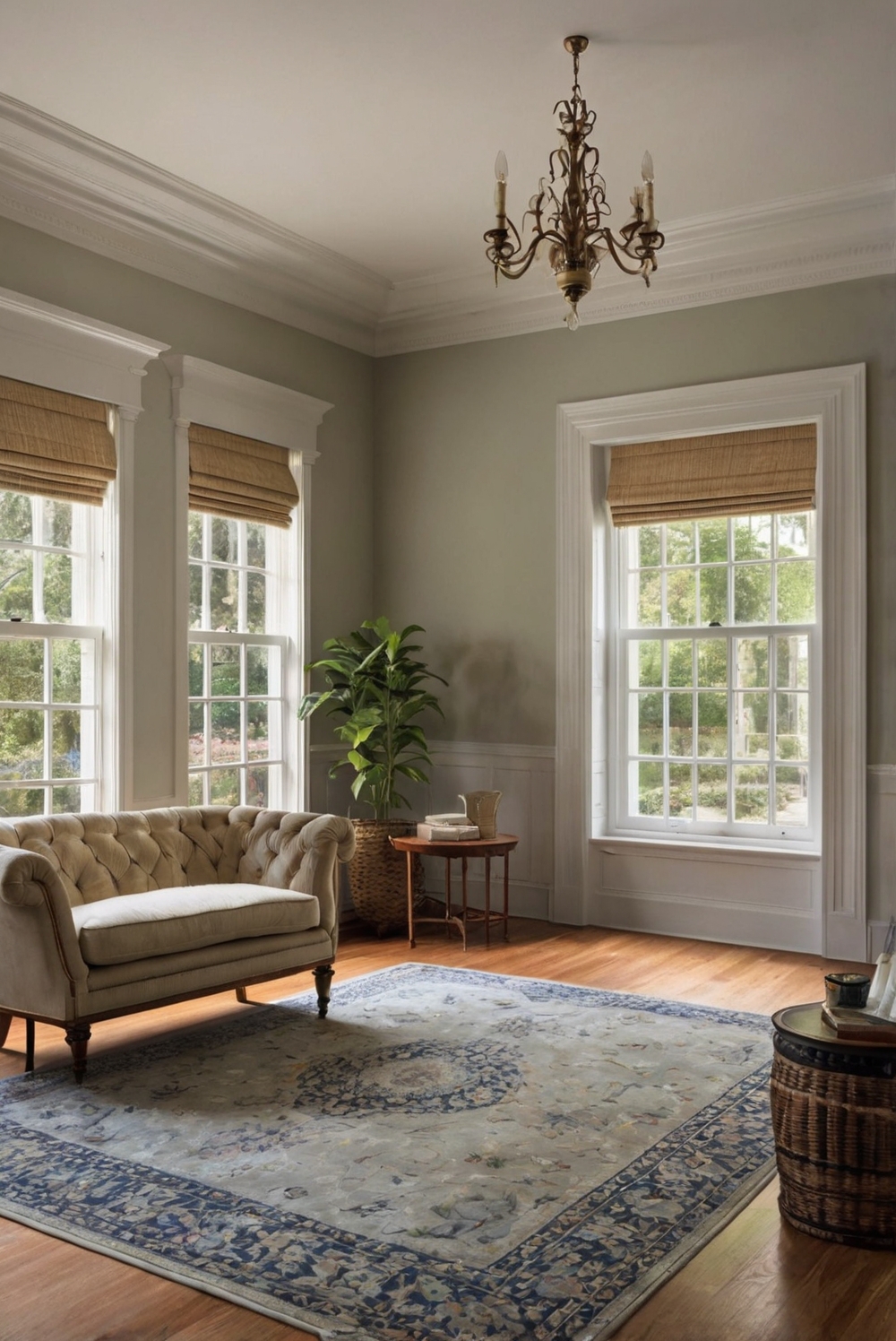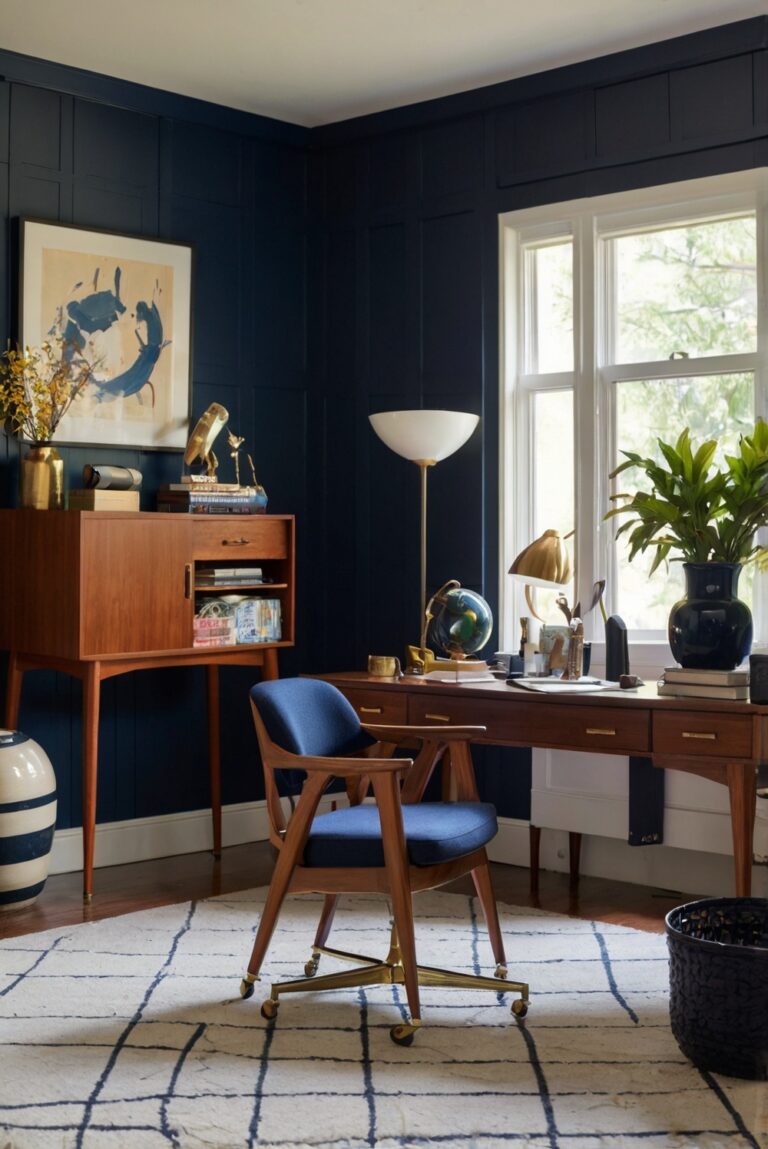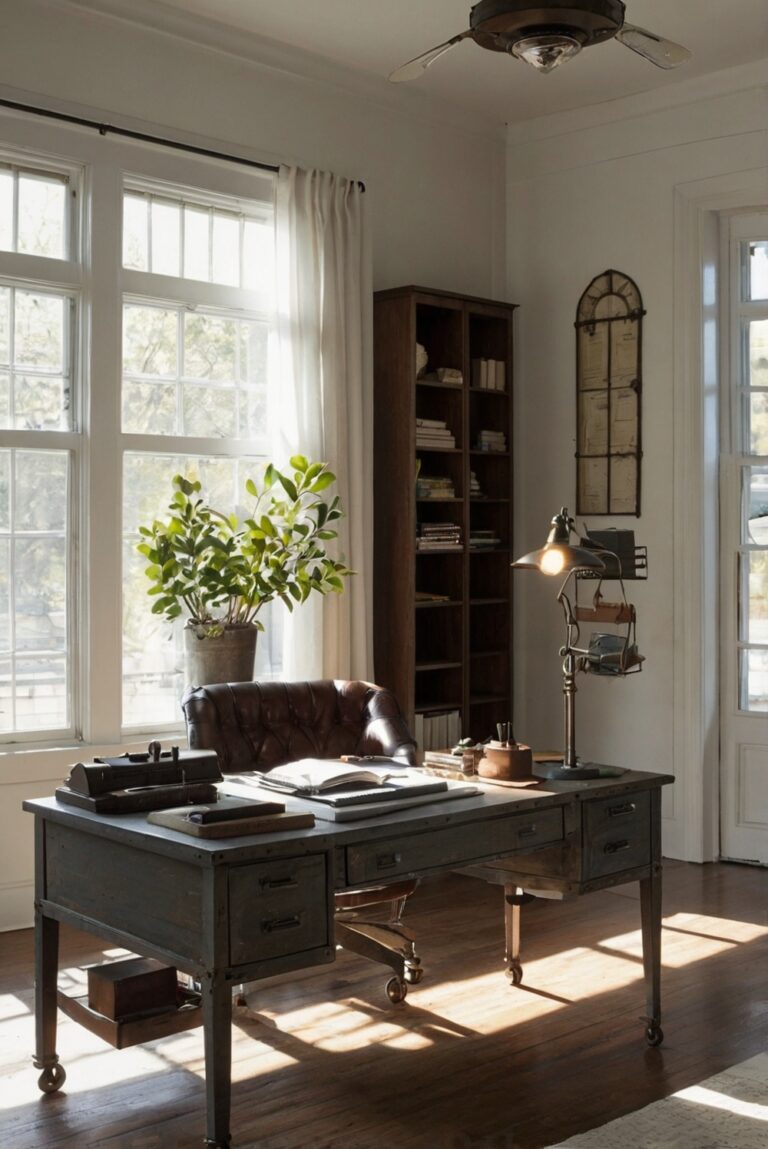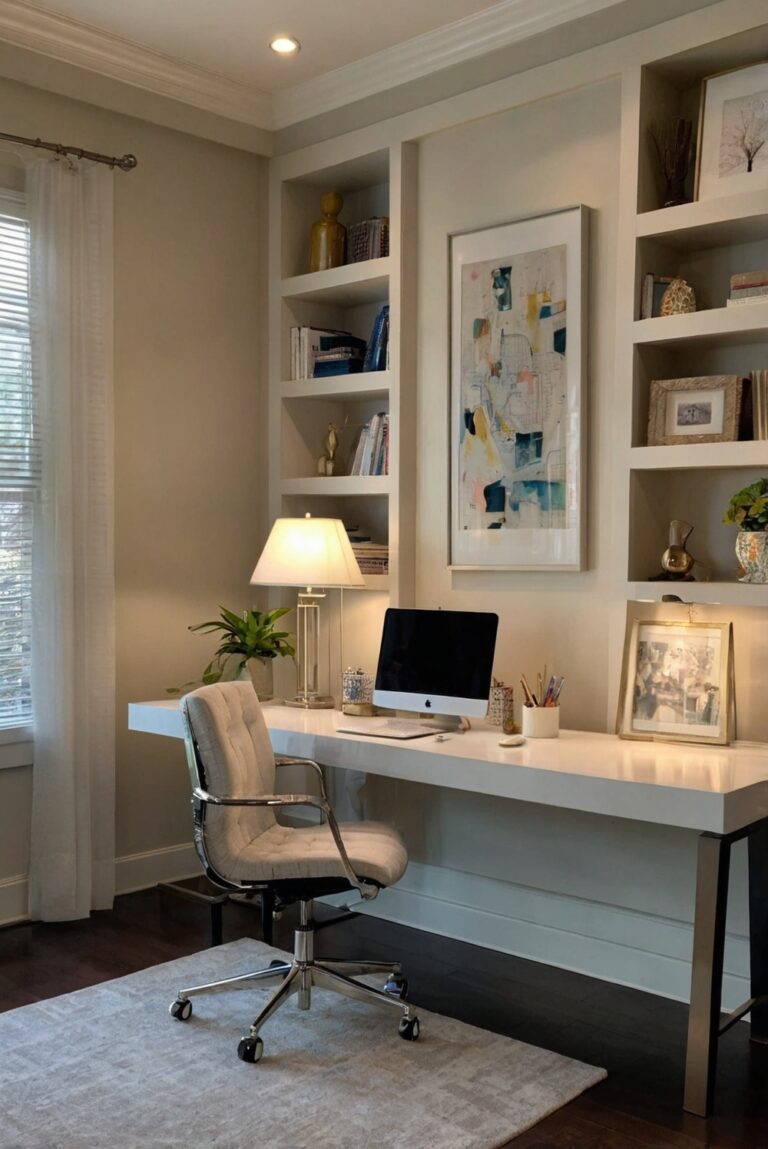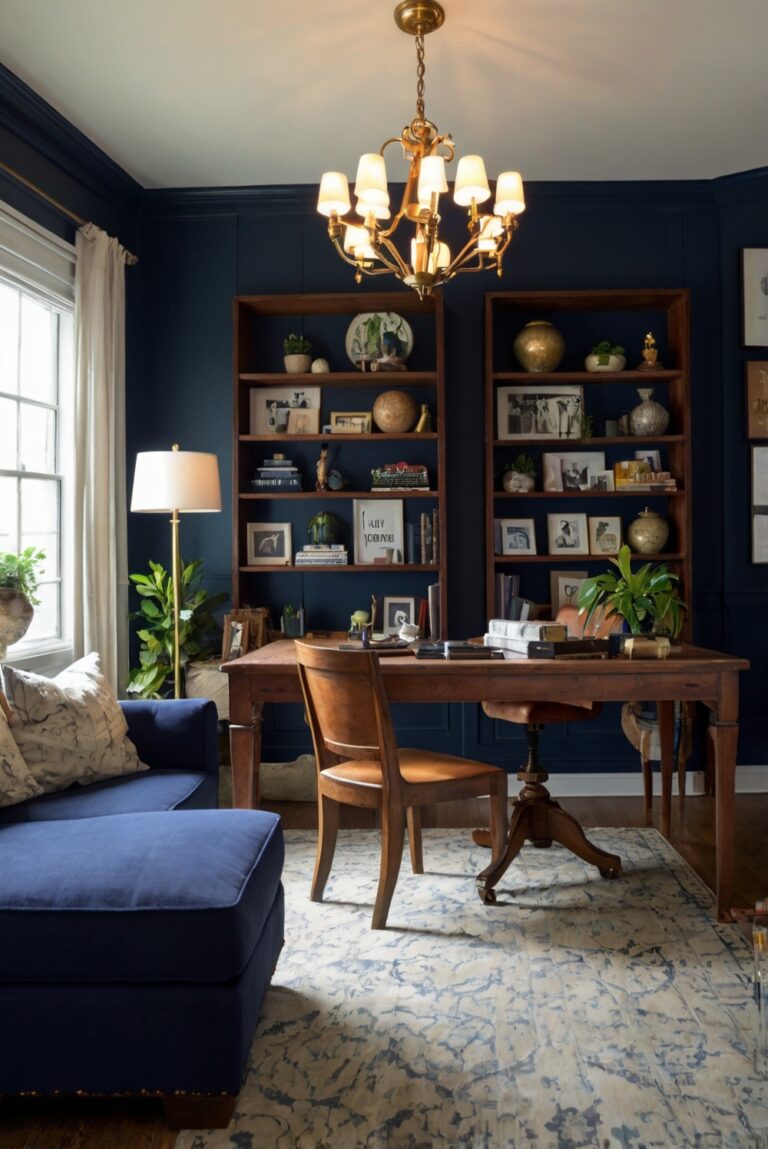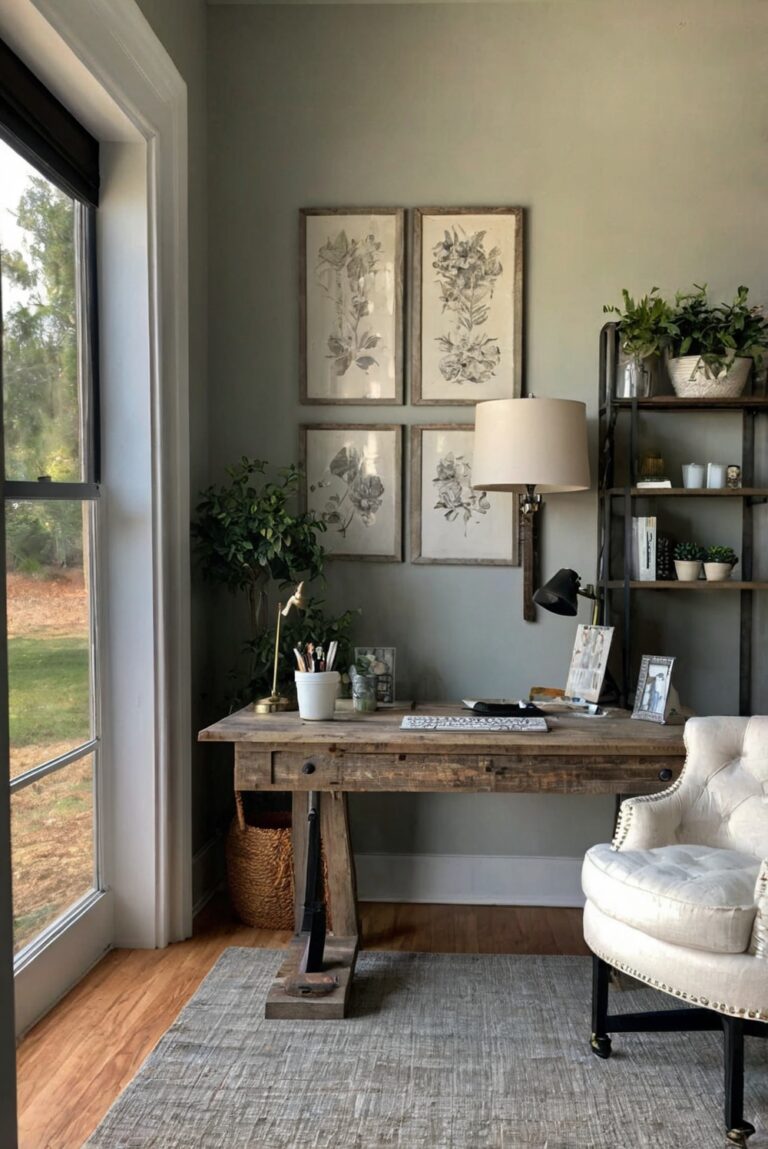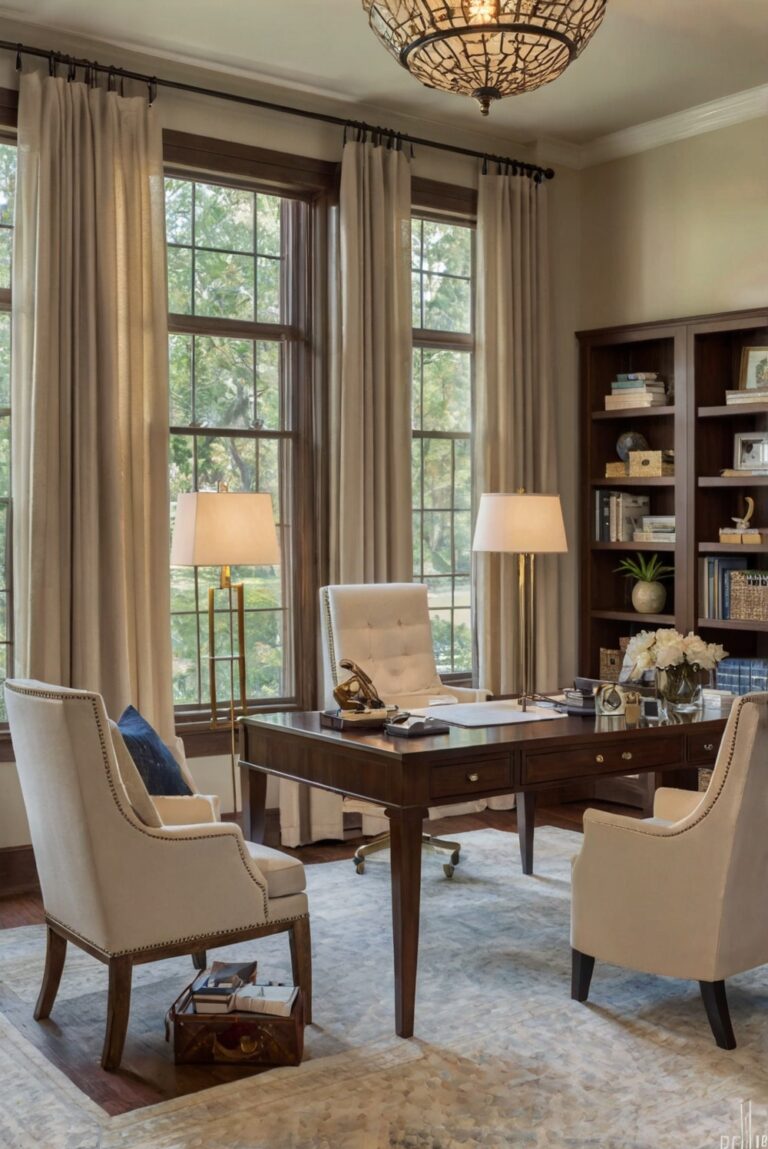How to choose the right desk size for your workspace?
Are you struggling to find the perfect desk size for your workspace? Learn how to choose the right desk for optimal functionality and style in your daily routine as an interior designer.
How to choose the right desk size for your workspace?
Having the right desk size is crucial for your workspace to be functional and aesthetically pleasing. To ensure you select the perfect desk size, consider your room dimensions, the activities you’ll be doing at the desk, and any additional storage or work surface needs. Measure the available space in your room and choose a desk that fits comfortably without making the room feel cramped. A well-sized desk can enhance your home decorating and interior design, making it easier to organize your belongings and create a productive workspace. Ensure there is enough room for movement and storage to optimize your space planning and overall functionality of your workspace.
Factors to Consider When Choosing the Right Desk Size:
When selecting the right desk size for your workspace, there are several important factors to consider. The first and foremost consideration should be the available space in your office or home. Measure the area where you intend to place the desk to ensure it fits comfortably without overcrowding the room. It’s crucial to have enough space to move around and access other furniture easily.
Another essential factor to consider is the purpose of the desk. Are you looking for a desk for your computer, writing tasks, or general office work? Different purposes may require different desk sizes. For example, a computer desk may need to accommodate a monitor, keyboard, and mouse, while a writing desk may only need space for a laptop and some writing materials.
Additionally, consider the ergonomics of the desk. The height of the desk should be comfortable for you to sit and work for extended periods without straining your back or wrists. An ergonomic desk can help improve your posture and reduce the risk of musculoskeletal problems.
Desk Size Options:
Desks come in various sizes, shapes, and styles to suit different needs and preferences. Some common desk sizes include small desks, medium-sized desks, and large desks. Small desks are ideal for compact spaces or for use as a secondary workstation. Medium-sized desks offer a balance between space-saving design and functionality, while large desks provide ample space for multiple monitors, paperwork, and other accessories.
Consider the layout of your workspace when choosing a desk size. If you have a corner or alcove available, a corner desk may be a practical option to maximize space utilization. L-shaped desks are also popular choices for creating separate work zones for different tasks. Measure the dimensions of your workspace to determine the appropriate desk size that fits comfortably without obstructing traffic flow.
Customization and Personalization:
One advantage of choosing the right desk size is the ability to customize and personalize your workspace. Some desks come with adjustable height options, allowing you to tailor the desk to your specific needs. Standing desks are gaining popularity for promoting a healthier work environment and reducing the risks associated with prolonged sitting.
Consider your storage needs when selecting a desk size. If you require ample storage space for files, books, or office supplies, a desk with built-in drawers or shelves may be a practical choice. Alternatively, you can opt for a minimalist desk design and supplement it with standalone storage units or organizers.
Maximizing Productivity and Comfort:
Choosing the right desk size is essential for maximizing productivity and comfort in your workspace. A cluttered or cramped desk can hinder your workflow and lead to distractions, while an oversized desk may waste valuable space and create a disorganized environment. Take the time to assess your needs and preferences to find the perfect desk size that enhances your efficiency and well-being.
Final Thoughts:
In conclusion, selecting the right desk size for your workspace involves considering various factors such as available space, purpose, ergonomics, customization, and storage. By taking these factors into account and personalizing your desk setup to suit your needs, you can create a functional and comfortable workspace that promotes productivity and well-being. Whether you prefer a compact desk for a small office or a spacious desk for a home office, choose a desk size that complements your work style and enhances your overall work experience. Remember that the right desk size is not just about aesthetics but also about functionality and practicality in your daily work routine.
1. What factors should I consider when selecting the right desk size for my workspace?
When choosing the right desk size for your workspace, consider the dimensions of the room, the type of work you do, and your personal preferences. Measure the available space in your room to determine the maximum dimensions for your desk. Think about the equipment you use regularly, such as a computer, printer, or monitor, and ensure there is enough space to accommodate them. Additionally, consider how much surface area you need for spreading out papers or working on projects. Your desk should also allow for comfortable seating and easy access to essential items.
2. Is there a standard desk size that is suitable for most workspaces?
While there is no one-size-fits-all solution when it comes to desk sizes, a standard desk size of around 48-72 inches in width and 24-36 inches in depth is typically suitable for most workspaces. This size provides enough surface area for working comfortably and accommodating essential equipment. However, it is essential to measure your workspace and consider your specific needs before settling on a desk size. Some individuals may require a larger desk for tasks that involve spreading out papers or working on multiple projects simultaneously.
3. How can I determine the ideal desk size based on my height and ergonomic needs?
To determine the ideal desk size based on your height and ergonomic needs, consider the height of the desk and the distance between your eyes and the computer monitor. Ideally, the desk should be at a height that allows your arms to rest comfortably at a 90-degree angle while typing. The monitor should be positioned at eye level to prevent neck strain. Additionally, ensure that there is enough legroom under the desk to sit comfortably without feeling cramped. Adjustable desks are a great option for individuals who want to customize the desk height to their specific ergonomic requirements.
4. Are there specific desk sizes recommended for different types of work?
Different types of work may require varying desk sizes to accommodate specific tasks. For example, individuals who work on creative projects or need ample space for drawing or designing may benefit from a larger desk with more surface area. On the other hand, individuals who primarily use a computer for work may require a desk with a designated space for a monitor, keyboard, and mouse. Consider the type of work you do and the tools you use regularly when selecting the right desk size for your workspace.
5. What are some tips for optimizing desk space in a small workspace?
If you have a small workspace, there are several strategies you can use to optimize desk space. Consider using a corner desk or a wall-mounted desk to maximize floor space. Choose a desk with built-in storage solutions, such as drawers or shelves, to keep your workspace organized and clutter-free. Utilize vertical space by installing shelves or hanging organizers above the desk to store supplies or display decor. Additionally, consider investing in multi-functional furniture, such as a desk with a pull-out keyboard tray or a folding desk that can be easily stored when not in use.

